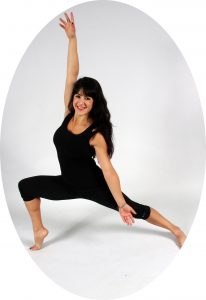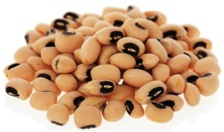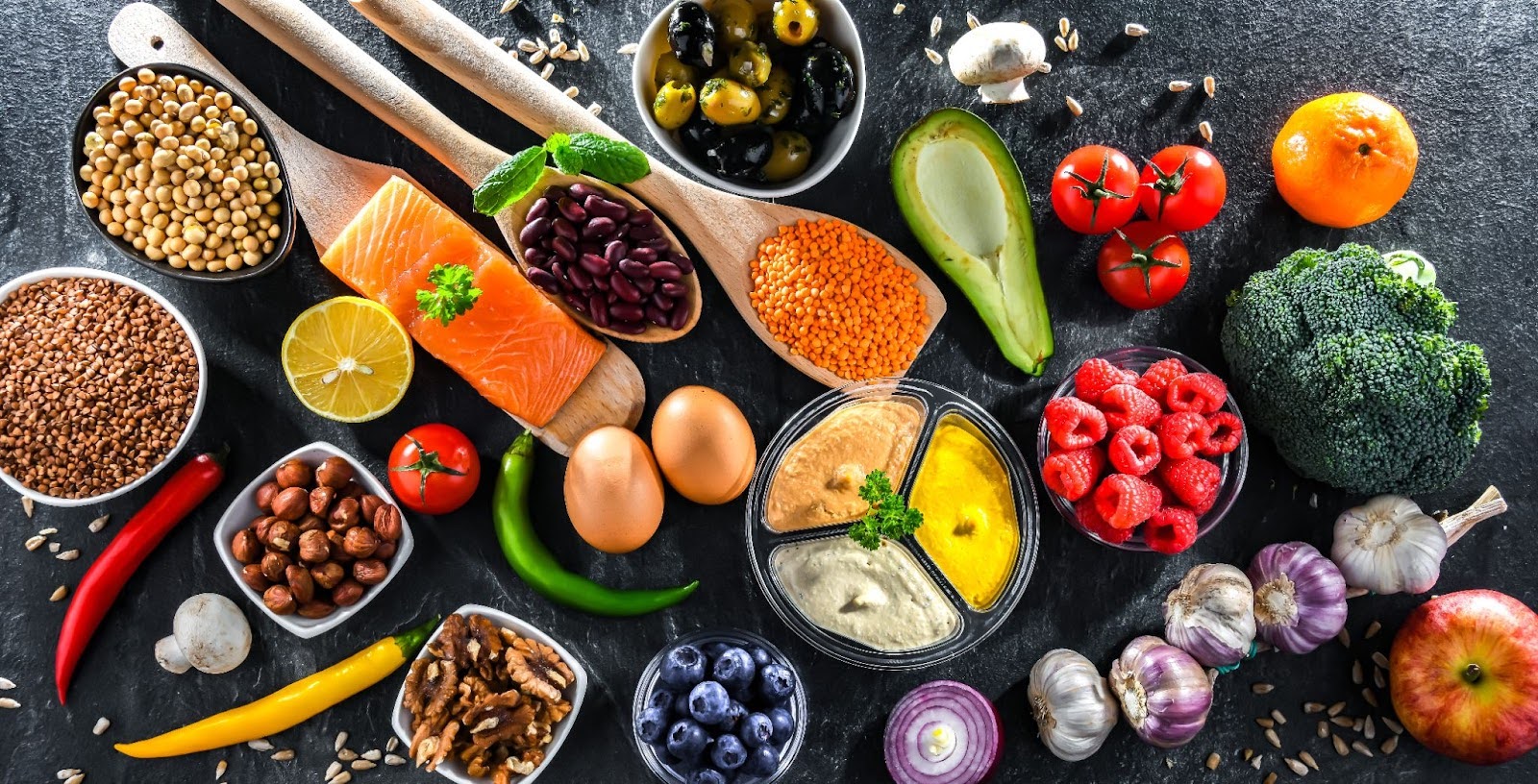
Hey hey 2016! How you livin?! With each new year comes the classic resolutions that are about weight loss, working out and eating right. Am I right?? Did you know only eight percent of us successfully follow through with our New Year’s resolutions? With the odds apparently stacked against us, why not change it up? This year, instead of a resolution, try a New Year’s routine.
What is a Routine?
A routine is a block of time containing an established pattern of activities. We’re unaware of many of our routines. Have you ever arrived at work only to realize that you forgot to brush your teeth? Probably your regular pattern of activities was interrupted by something more urgent, causing you to swerve off the path of your morning hygiene routine. But that probably happens rarely.
Benefits of Routines
Danish industrial psychologist Markus Becker points out that routines narrow the choices available to us at any given time. This narrowing of choices limits the potential for distraction, indecision, and veering off course. Even as a routine serves to constrain our choices in a positive way, it also provides forward momentum toward our goals.
First define what your values and goals are. Like really truly. Not what Self magazine says or even your mom or best friend. Many people make resolutions that are opposed to their core values and beliefs. Mine, you ask? I have many, but I will focus on two: FEELING healthy, and community—a sense of connection if you will.
Here’s an example about myself that might be of use to you regarding just this. I got a new job recently and my whole schedule got flipped on its head. My old schedule was pretty dang free. I could workout whenever I wasn’t with the client, which meant I had an opportunity every day. I MADE that hour happen, yes, but the rest of the day was dedicated to the client. Mind you, my work was 6 minutes away from Studio Sweat and they had lots of class times to choose from. NOW, I am in a much further location and have a fixed schedule where I can’t just dip out to SS for my sweat sesh. Did this unravel me? Well, yes, I’ll be honest, but not for long. I now go to my work onsite gym, grab a spin bike and weights and play one of Studio SWEAT on Demand’s classes to get that workout in.
I defined my goals and values some time ago and working out daily (feeling healthy), in a class setting (community), is in alignment with them. So when my life schedule changed, I stuck with my old faithful routine, but adapted to the new job logistically. You feel me?
What happened to me makes sense… What we know to be true in research is we can design a new routine or adapt a current routine to meet our New Year intentions and then let the power of repetition take over. Every time you activate the routine, enjoy it or get positive gains from it, you are solidifying the routine. BUT, and this is a big but, it has to be in alignment with your core values to last a significant amount of time. Trust me.
Still don’t buy it? Well, read on…
Routine as a Source of Coherence
Psychologists theorize that meaning in life has three major elements, coherence, significance, and purpose. Coherence helps us to see that the activities we are doing add up to something greater. Coherence gained from routines can help us to connect the dots in our lives. A routine designed around something we value might add an element of purpose to the coherence, a double dose of meaning. The WHY, as I like to call it. For me, it’s to FEEL healthy and powerful and to connect with the outside of me.
Meaning in life is important to our well-being because a flourishing life depends, in part, on our connections to things beyond ourselves. For some, this is work. For others, family, community, or volunteer activities. The class setting is what connects me to my community. Can you imagine a routine that could connect you more deeply to something you value?
This is not to suggest that we spend all of our time in one routine after another. There are clear benefits to downtime, especially when it comes to creativity and rejuvenation. Still, the wise use of good routines can align us more closely with life priorities and help us accomplish our goals. A well-designed routine could form a bridge between our wildest dreams and what we’ll do when we wake up tomorrow morning.
Designing Routines
This year, why not try to design a routine? In contrast to focusing solely on the intended goal, such as eating better, losing weight or exercising, conscious design of a routine allows us to focus on the steps to achieving the goal. Let’s set aside the sense that routines are monotonous and keep us stuck in a rut. Routines can be designed into our days to keep us on track with our values and priorities.
Example 1: A New Year’s Nutrition Routine

Suppose your intended goal is to eat more nutritious food. What morning routine could help you improve your nutrition? Perhaps a routine centered on eating a nutritious breakfast or packing a nutritious lunch.
Or maybe you do pretty well during the day but struggle with nutrition after a long day’s work. If so, you could design a morning routine of setting out a dinner recipe, its non-perishable ingredients, and the equipment needed to make it OR having a healthy, yummy frozen dinner ready in the freezer with a ready made salad in the fridge. What evening routines could help? One suggestion is placing a glass of water on the nightstand to be consumed upon waking. Starting the day with water triggers other healthy behaviors. Think beyond what could be done in a single day to what weekly or bi-weekly routines could help you eat more nutritiously. BUT start with a day. Perhaps you could plan a regular shopping trip to the farmer’s market by leaving out your reusable grocery store bag on your bed when you wake up. When you decrease the energy it takes to do what you intended, you are MUCH more inclined to succeed. Another example is wearing your workout clothes to bed for your morning sweat sesh. See what I mean? There is research behind this, folks.
Below are some practical non-conceptual nutrition suggestions and info since you might want just that:
Tips and Tricks for Meal Planning
As noted above, planning ahead is one of the best habits to improve health. With breakfast, lunch, and dinner planned ahead of time, you can stay on track and reduce stress. Cooking for one meal is silly nowdays with our hectic lives. Do some bulk cooking!
Crock pot meals are easy as 1, 2, 3… purchase the ingredients, dump ’em in and let ’em cook! Refer to Cooking Light for more than 100 easy and healthy crock pot recipes. Casseroles, stews, and soups are best for make-ahead meals. Try portioning out the meals in food storage containers and freezing for another time.
Well planned grocery lists lead to successful shopping trips. Try to separate your grocery list by meals. Choose the make-ahead meal you would like to prepare and list the items you need (do a quick once-over of your pantry to see what ingredients you may already have). Create your grocery list to include more than one meal; try to use the same ingredient in multiple meals so that excess isn’t wasted.
Plan to use leftovers in several ways. If you made blackened chicken with veggies over brown rice for Monday night’s dinner and have leftover chicken—try making chicken and veggie flat-bread pizzas or chicken quesadillas the following night. Stretch your ingredients to save time and money.
Just so you are in the know….
Superfoods for 2016

Superfoods are considered nutrient powerhouses packed with antioxidants, polyphenols, vitamins, and minerals. Benefits of Superfoods often include disease protection, detoxification, and gut health. Dark chocolate, salmon, kale, and quinoa topped the charts in 2015 for their Superfood qualities. 2016’s trending superfoods are:
Kimchi and other fermented foods
Dandelion greens
Goji berries
Sprouted foods
Amaranth grain
Coconut flour
Black rice
Black-eyed Pea Salad

Black-eyed peas are enjoyed on New Year’s Day traditionally in the Southern United States. Not only do they represent luck and prosperity in the coming year, but they are full of healthy nutrients. High in magnesium, calcium, and iron, these lucky legumes are a great source of soluble fiber, helping to lower cholesterol and control blood sugar. Enjoy!
Ingredients:
2 cans (15 ounces each) black-eyed peas, rinsed and drained
1/2 cup red onion, diced
1/2 cup green pepper, diced
1 small garlic clove, minced
1 tsp. sugar
1/4 cup red wine vinegar
1/4 cup canola oil
Directions
In a bowl, combine peas, onion, green pepper, and garlic. Stir together remaining ingredients in a separate bowl, then pour over vegetable mixture. Stir to combine; salt and pepper to taste. Chill to allow flavors to develop. Enjoy cold as a side.
Toodles!
MJ

Sources with Links (Section in parentheses)
- Source: http://positivepsychologynews.com/news/jan-stanley/2016010435265
- Source: WebMD (Tips and Tricks for Meal Planning)
- Source: besthealthmag.ca (Superfoods for 2016)
- Source: tasteofhome.com (Black-eyed Pea Salad)









Comments - 0